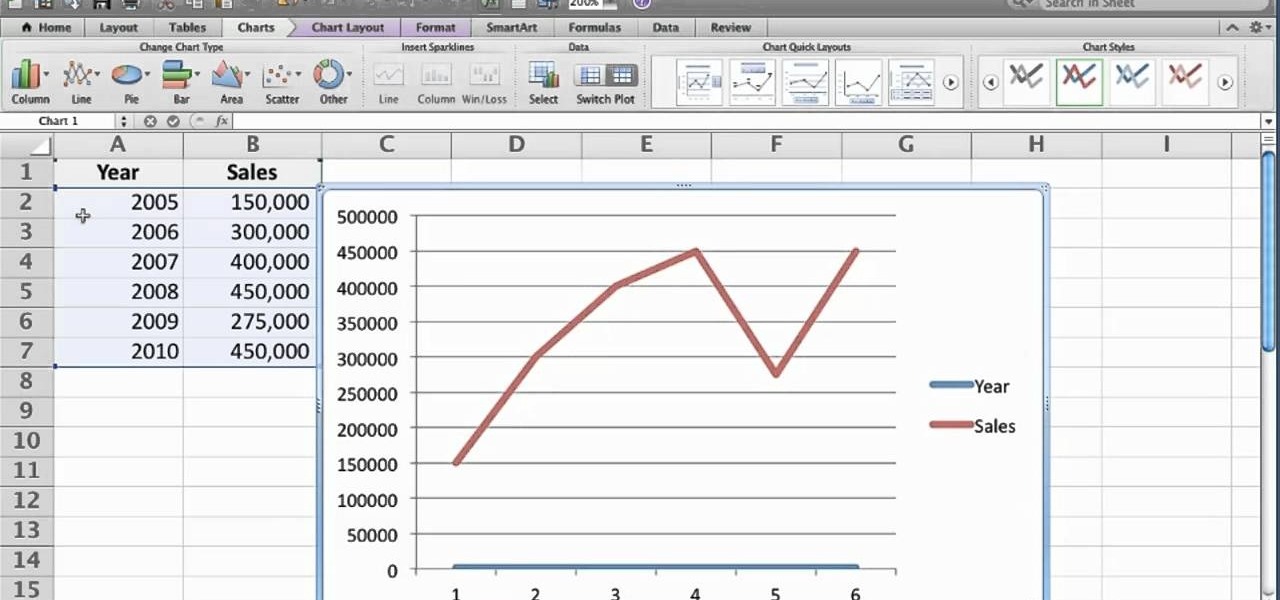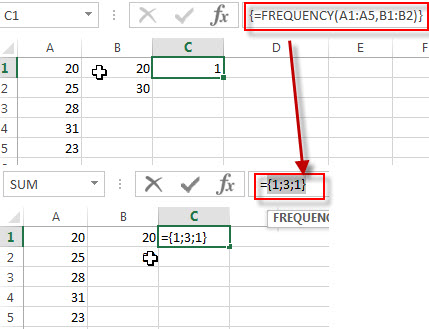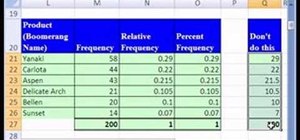

There were three laps completed in greater than 59 or equal to 60 seconds. Our driver completed a lap in 59 seconds or less only once. The first bin should be interpreted as occurrences up to and including this value.

While the cells are still highlighted, start entering the formula using the syntax outlined earlier. Simply go to the first cell of the output area and move on to Step 4. So there is no need to highlight all the cells in the output area. But it usually makes sense to do that since this will make the table easier to read.Įxception: If you are using Excel 365 or Excel Online, Excel recognizes FREQUENCY as an array function. The output selection doesn’t have to be adjacent to the bins, nor even mapped directly across from it.

In the example above, the bins span four cells, so our output selection will be five cells. This means selecting one cell more than the number of bins. As mentioned before, FREQUENCY is an array function, so we’ll need to select the number of cells that will be in the output area. Now we want to get Excel to count how many values fall within each group. We have entered our bins_array in cells D2 to D5. These should be listed vertically somewhere on the worksheet. In our case, we’ll create four bins or groups - 59, 60, 61, and 62 seconds. Now we can create a frequency distribution table based on the “bins” we create.Ĭreating bins for the distribution table is all a matter of how you want your values to be grouped. In our example, this would be the number of seconds it takes to do each lap (cell range B2 to B13).

The data array will be the area that contains the values that you will group and then count. Step 1: Identify or create the data_array The time taken to complete each lap is recorded. A racecar driver does time trials by doing twelve laps around the track.


 0 kommentar(er)
0 kommentar(er)
